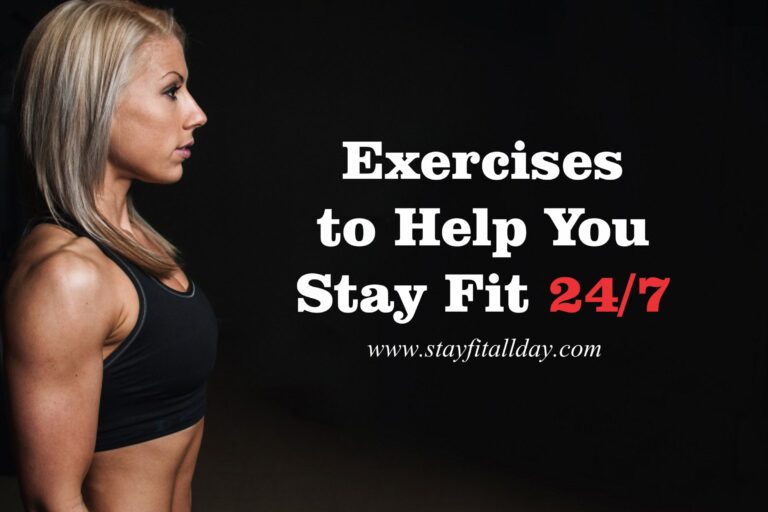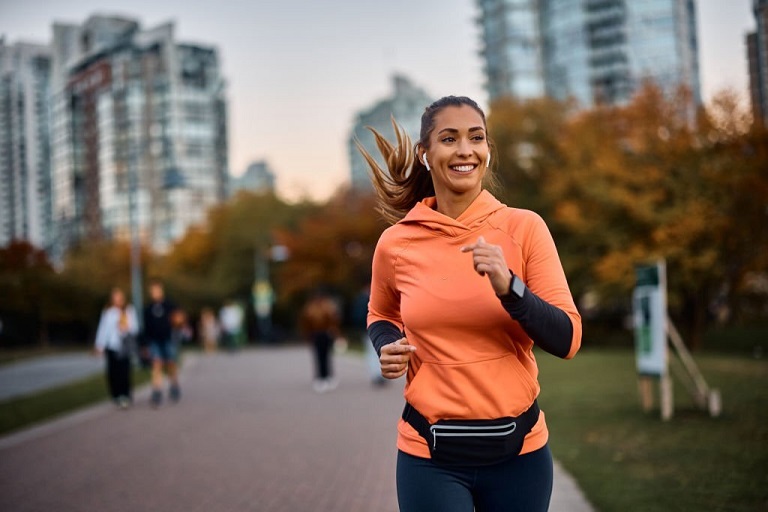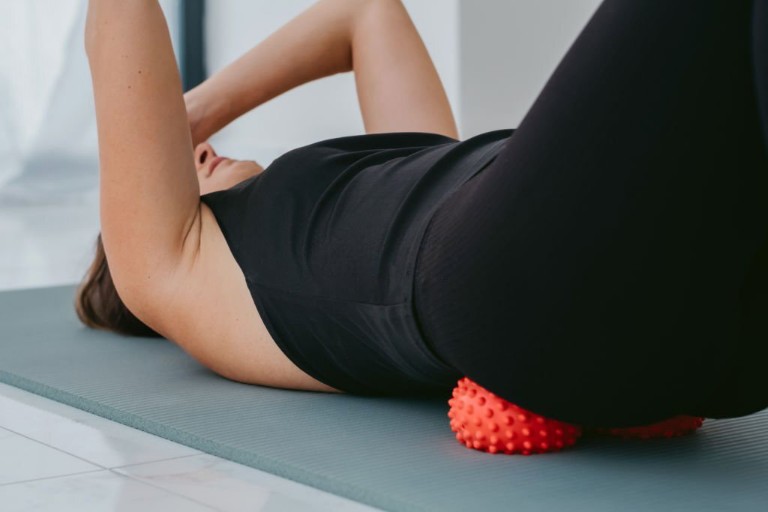Hip flexor pain can have causes that are not as a result of an underlying disease, for instance, trauma, lying on a side for a long period of time, overuse, muscle inflexibility, sitting in an awkward position, strains etc. Self-care can help you manage hip flexor pain, but if you seek an effective way to treat hip flexor pain, learn how to Unlock Your Hip Flexors.
The hip flexors are a group of muscles around the upper and inner thighs and pelvic region that help power nearly every movement we perform. Running, jumping, and even just standing require proper flexion and stabilization of the hip flexors.
Hip flexor pain is frequently experienced in the hip or groin area and can become very painful when performing certain movements, like kicking, turning at high speeds, or raising the knee towards the chest.
Hip flexor pain can occur as a result of overuse injuries from repetitive movements, like running, jumping or biking. These kinds of hip injuries can occur when the body does not have sufficient time to heal between activities. Athletes are mostly liable to overuse injuries, but anyone who is very active can get them.
How Hip Flexors Injuries Occurs.
Hip flexors are the engine through which our body moves. They control balance, our ability to sit, stand, twist, reach, bend, walk and step. Joining the femur to the back, groin and hips, these muscles help coordinate the top and lower parts of your body, which plays a vital role in bending down and lifting your legs.
Everything goes through the hips, and when the hip flexors tighten, it causes a lot of problems. When your hip flexors begin to feel tight, you know that is a sign of tight hip flexors. Try stretching them and try not to move too frequently in order to loosen tight hip flexors.
Tight hip flexor muscles can affect various parts of your body, so you need to be mindful of signs you have tight hip flexors.
A clear sign of tight hip flexors is that your hip muscles starts feeling very tight. In order to loosen tight hip flexors, try stretching them and try not to move too frequently.
Tight hip flexor muscles can affect various parts of your body, so you need have mindful of these signs:
- Tightness, stiffness or pain in your lower back, particularly when standing.
- Poor posture and you experience difficulty standing up erect.
- Neck tightness and pain.
- Pain in the glutes.
How to Loosen Tight Hip Flexors.
Generally, stretches intended to lengthen muscles and decrease tension help strengthen the hip flexors and prevent long term injuries. Performing counteracting movement like cycling and swimming can also help loosen tight hip flexors.
You can reduce your risk of hip flexors injuries by:
- Stretching your muscles before and after exercises.
- Taking a break to stand up and wall around during the day.
- Stretching and massaging your muscles with a foam roller to increase blood flow.
- Applying heat to the muscles to heat up the area and increase blood circulation.
If you seek more helpful ways to loosen tight hip flexors and relieve yourself of hip flexor pain, I advise you learn how to Unlock Your Hip Flexors.






